Universe
ID: 11754
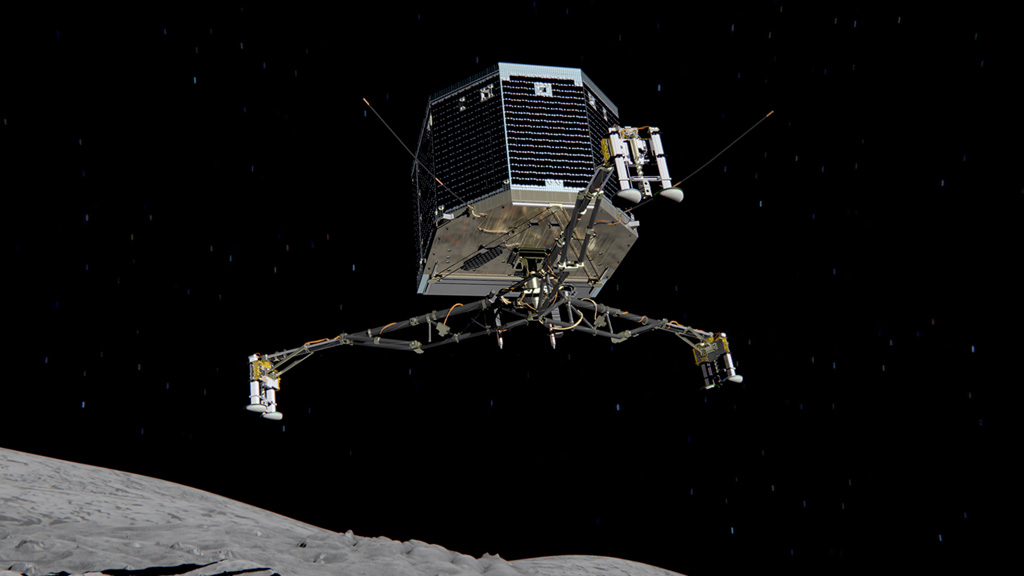
Throughout decades of space exploration, humans have deployed spacecraft to the sun, moon and every planet in our solar system. But it wasn’t until the 1990s that we began targeting smaller celestial bodies, namely asteroids and comets. Scientists believe these space rocks are remnants from the solar system’s formation 4.6 billion years ago. Compared to planets, these objects are tiny, ranging from a few feet to several hundred miles in diameter. To date, probes from NASA, the European Space Agency (ESA), and the Japan Aerospace Exploration Agency (JAXA) have landed on two asteroids and a comet. The data and samples they collected have shed light on the complex dynamics of the early solar system and revealed the origins of Earth’s most common meteorites. Explore the images to learn more about these missions.
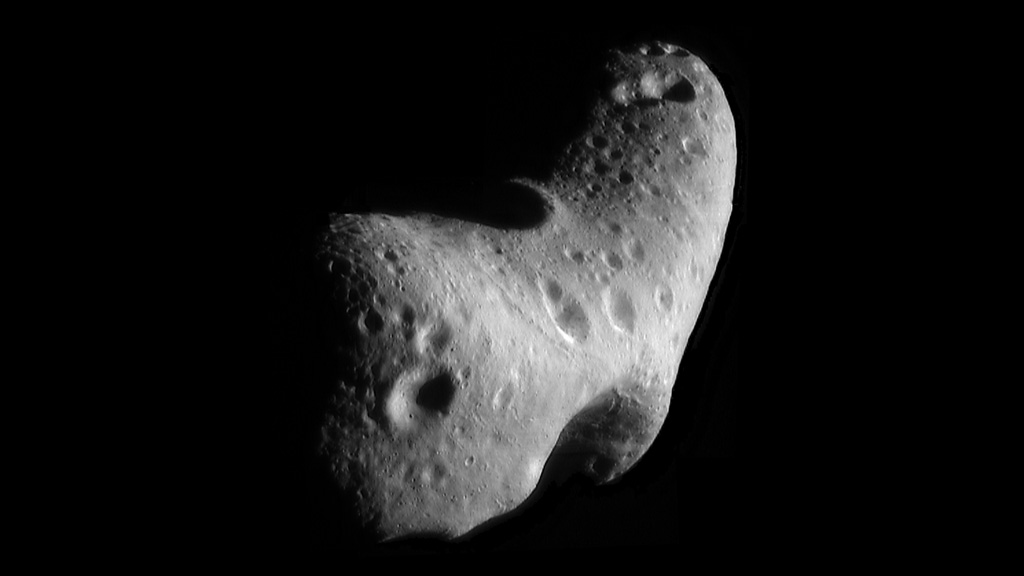
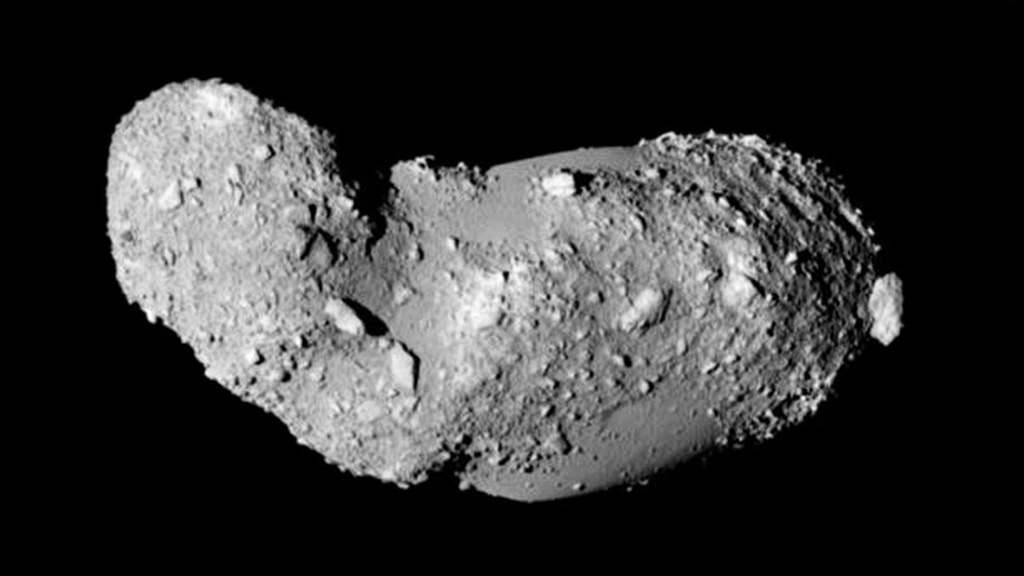
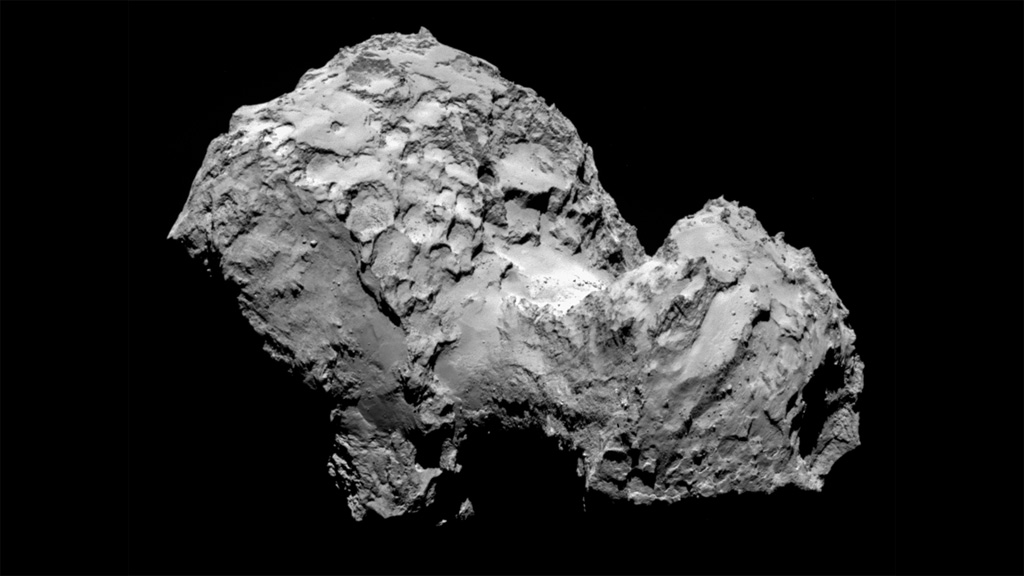
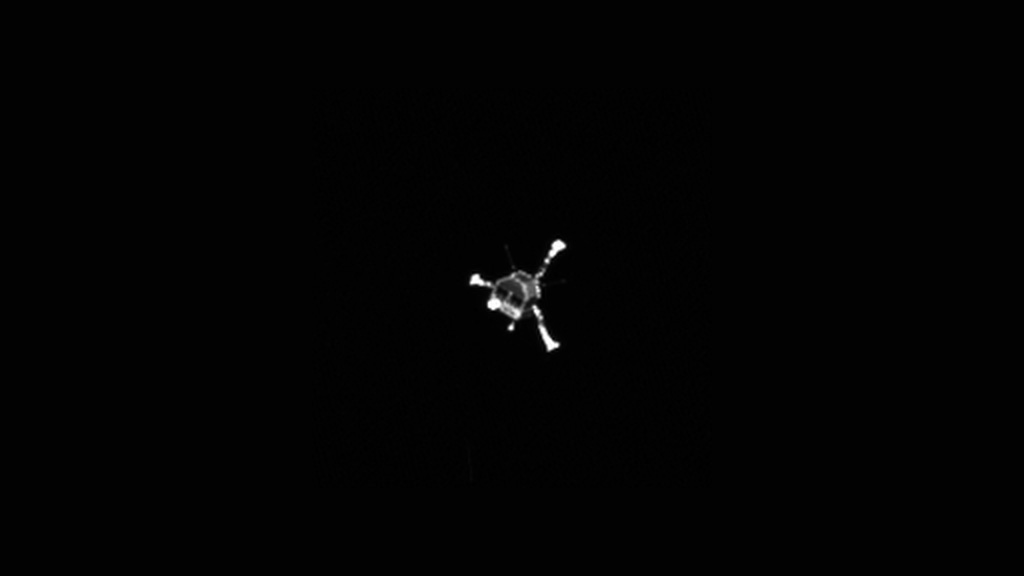
Epic Descents





Story Credits
Please give credit for this item to:
NASA's Goddard Space Flight Center
Cover image courtesy of ESA/ATG medialab
Eros image courtesy of NASA/JPL/JHUAPL
Itokawa image courtesy of ISAS/JAXA
Comet 67P image courtesy of ESA/Rosetta/MPS/UPD/LAM/IAA/SSO/INTA/UPM/DASP/IDA
Philae lander image courtesy of ESA/Rosetta/MPS/UPD/LAM/IAA/SSO/INTA/UPM/DASP/IDA
NASA's Goddard Space Flight Center
Cover image courtesy of ESA/ATG medialab
Eros image courtesy of NASA/JPL/JHUAPL
Itokawa image courtesy of ISAS/JAXA
Comet 67P image courtesy of ESA/Rosetta/MPS/UPD/LAM/IAA/SSO/INTA/UPM/DASP/IDA
Philae lander image courtesy of ESA/Rosetta/MPS/UPD/LAM/IAA/SSO/INTA/UPM/DASP/IDA
Short URL to share this page:
https://svs.gsfc.nasa.gov/11754
Keywords:
NASA Science >> Universe
SVS >> App
https://svs.gsfc.nasa.gov/11754
Keywords:
NASA Science >> Universe
SVS >> App







